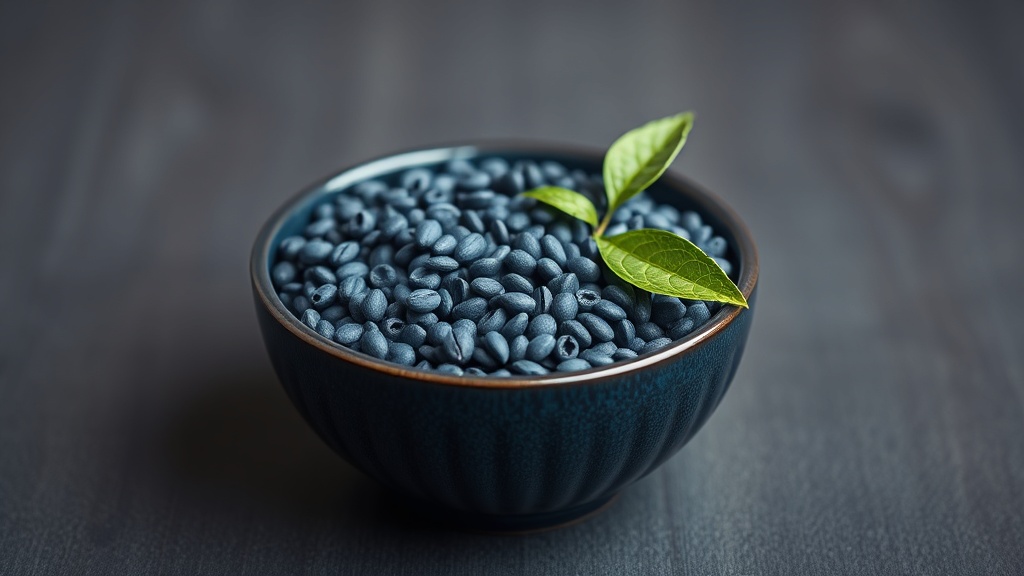Home / Health / Ragi vs. Supplements: Which Boosts Calcium Better?
Ragi vs. Supplements: Which Boosts Calcium Better?
22 Nov
Summary
- Ragi is a rich source of calcium, offering 340-365mg per 100g.
- Phytates and oxalates in ragi reduce calcium absorption rates.
- Menopausal women have higher calcium needs, up to 800mg daily.

Ragi, a traditional Indian millet, is celebrated for its rich calcium content, offering approximately 340-365mg per 100g. This ancient grain also boasts iron, fiber, and other essential nutrients, making it a beneficial addition to the diet for all age groups. Despite its nutritional profile, compounds like phytates and oxalates present in ragi can impede calcium absorption.
Nutritionists highlight that while ragi contributes to daily calcium intake, it may not fully meet higher requirements. Calcium supplements are often recommended when dietary intake is insufficient or for specific life stages. Notably, peri and post-menopausal women in India have a recommended daily allowance of 600mg to 800mg to combat increased osteoporosis risk.
Ultimately, incorporating ragi into a balanced diet is advisable for its overall health benefits, including bone health, blood glucose management, and cholesterol control. However, for those with elevated calcium needs, such as during menopause, calcium supplements can serve as a more direct and potent source to ensure adequate intake.




